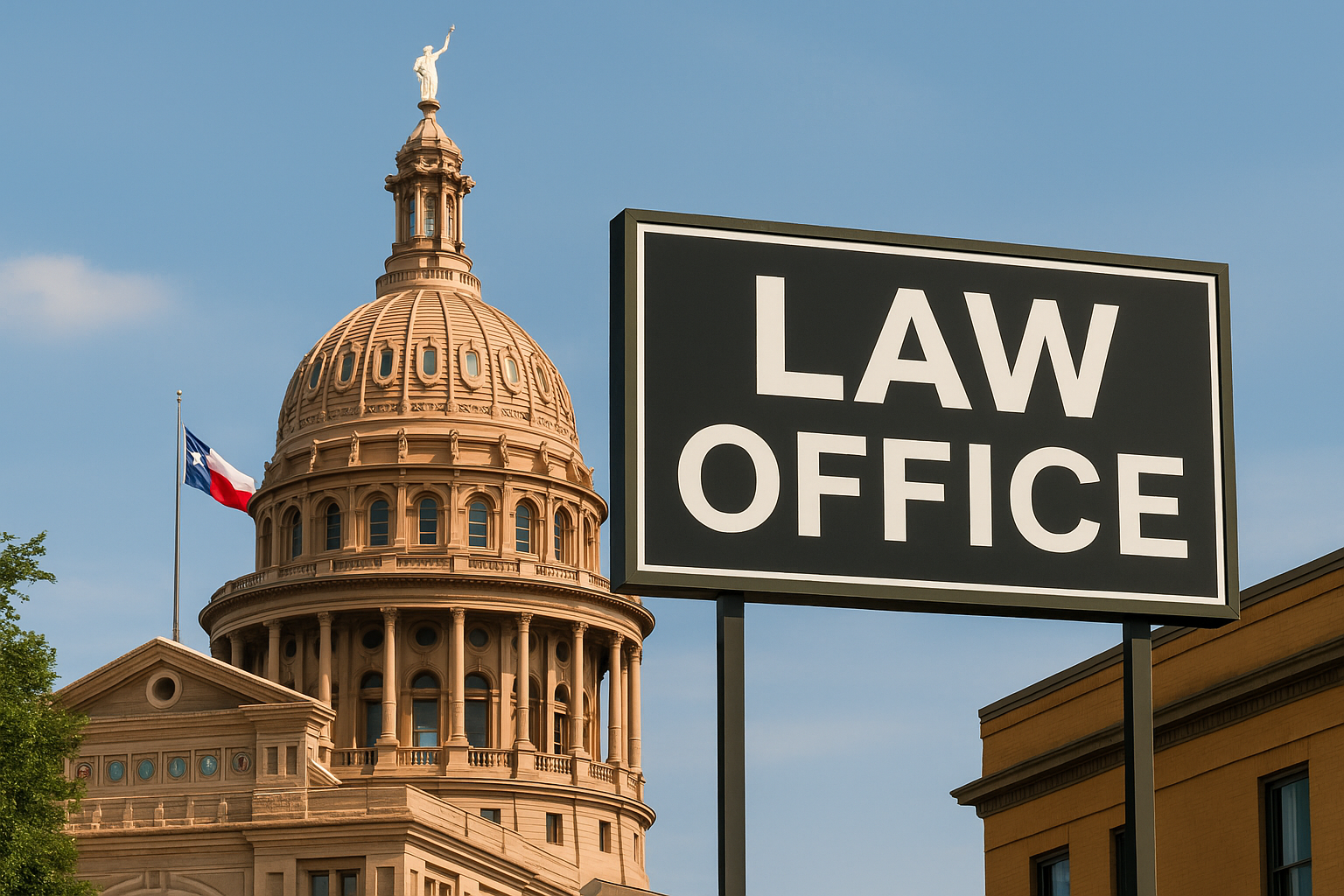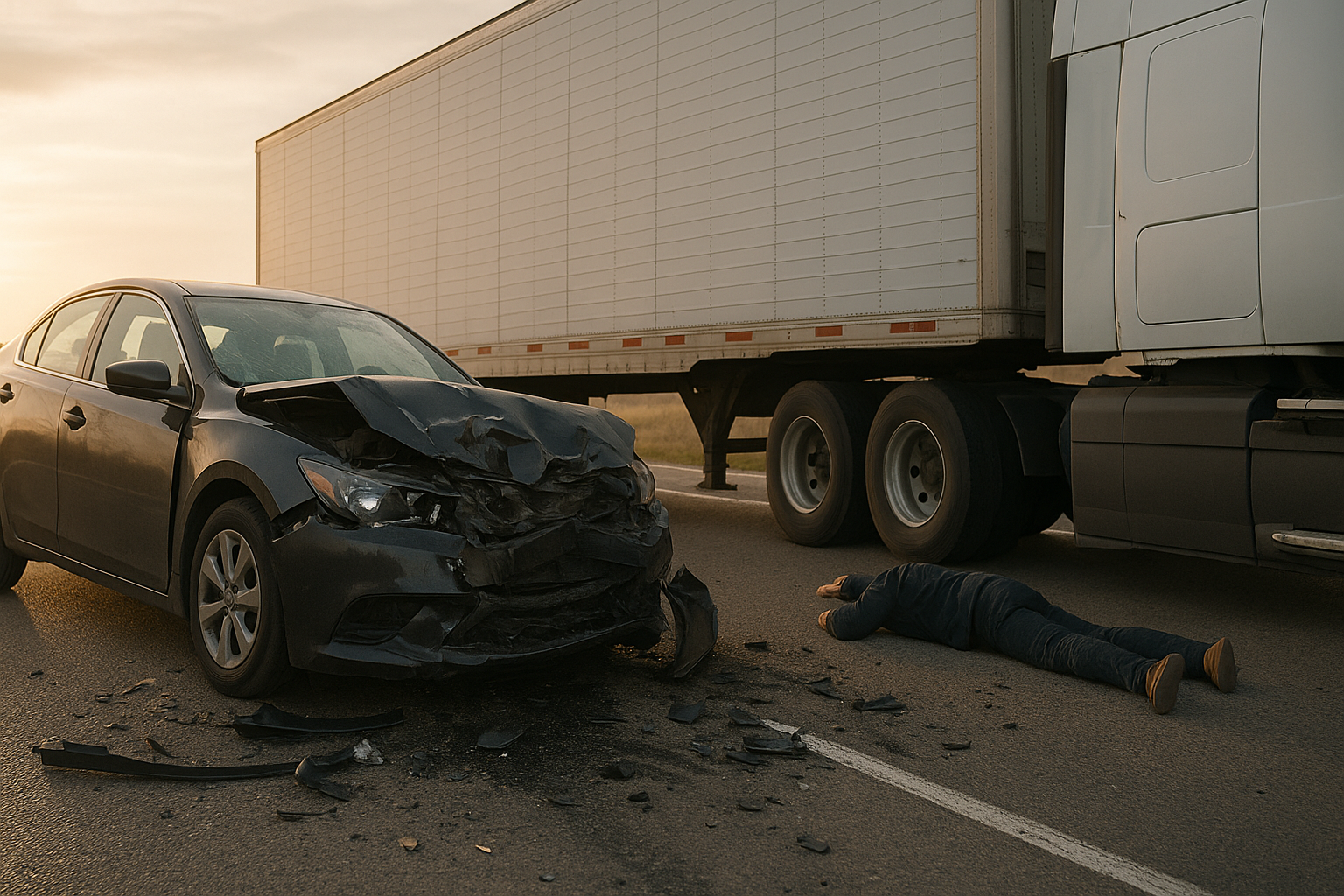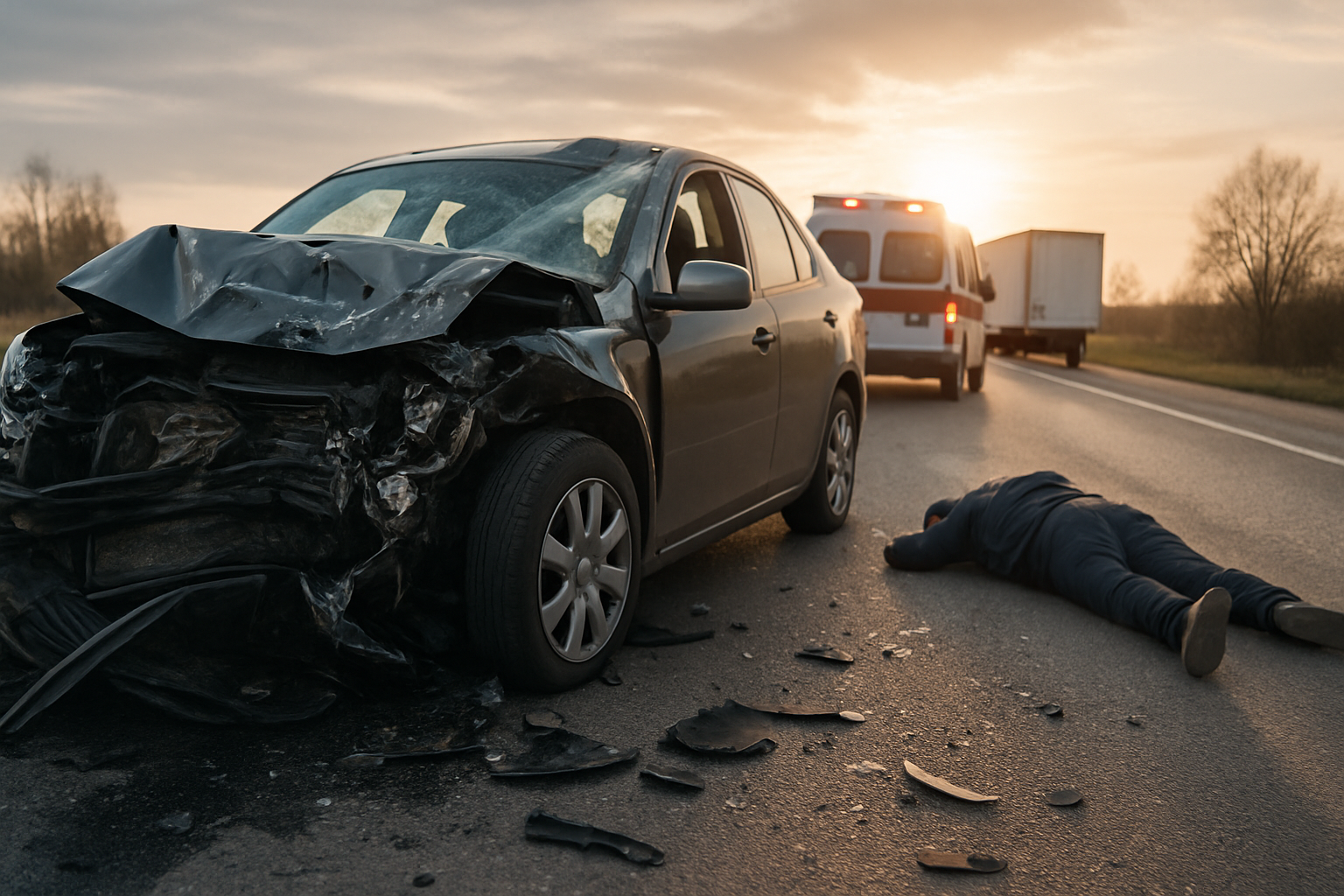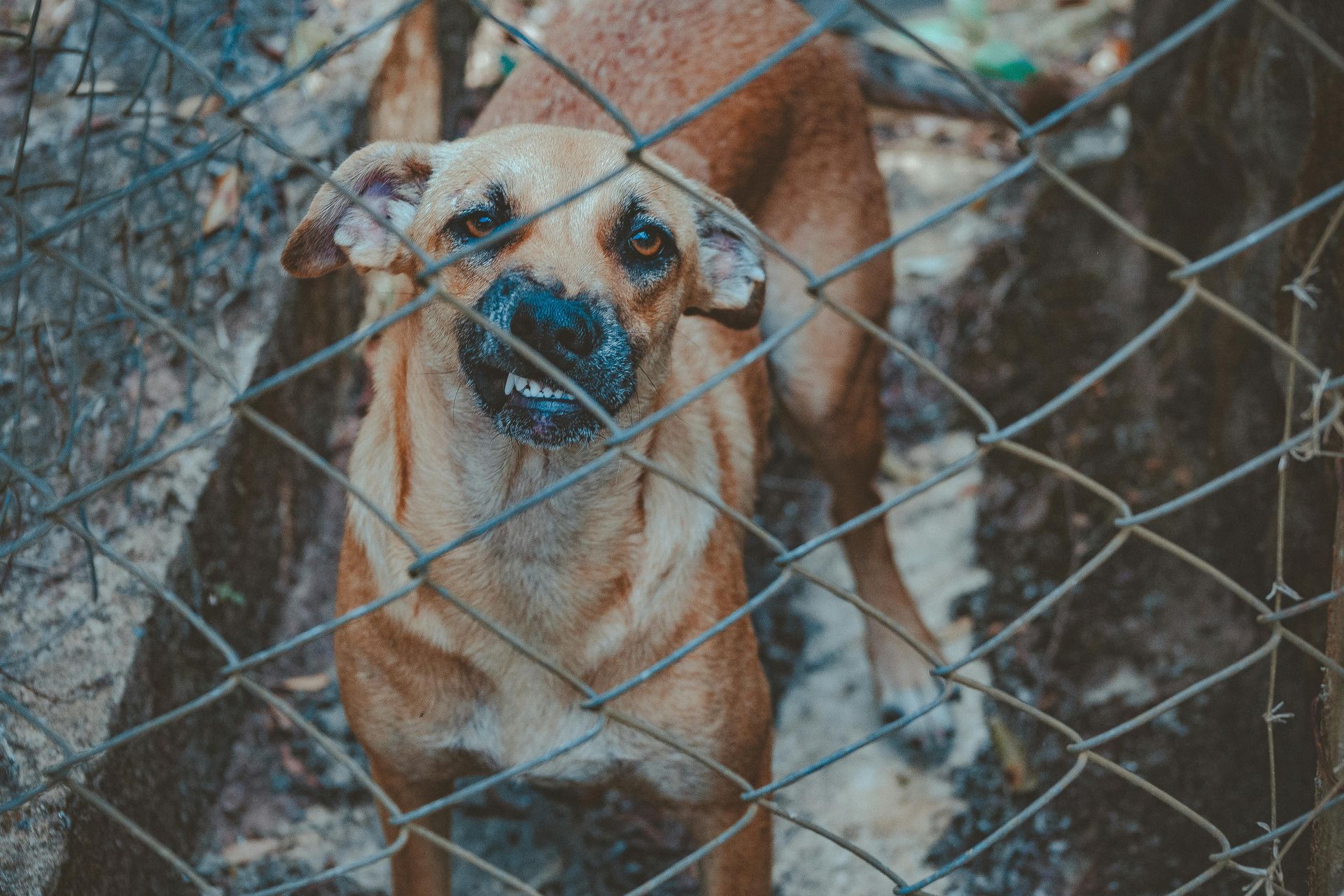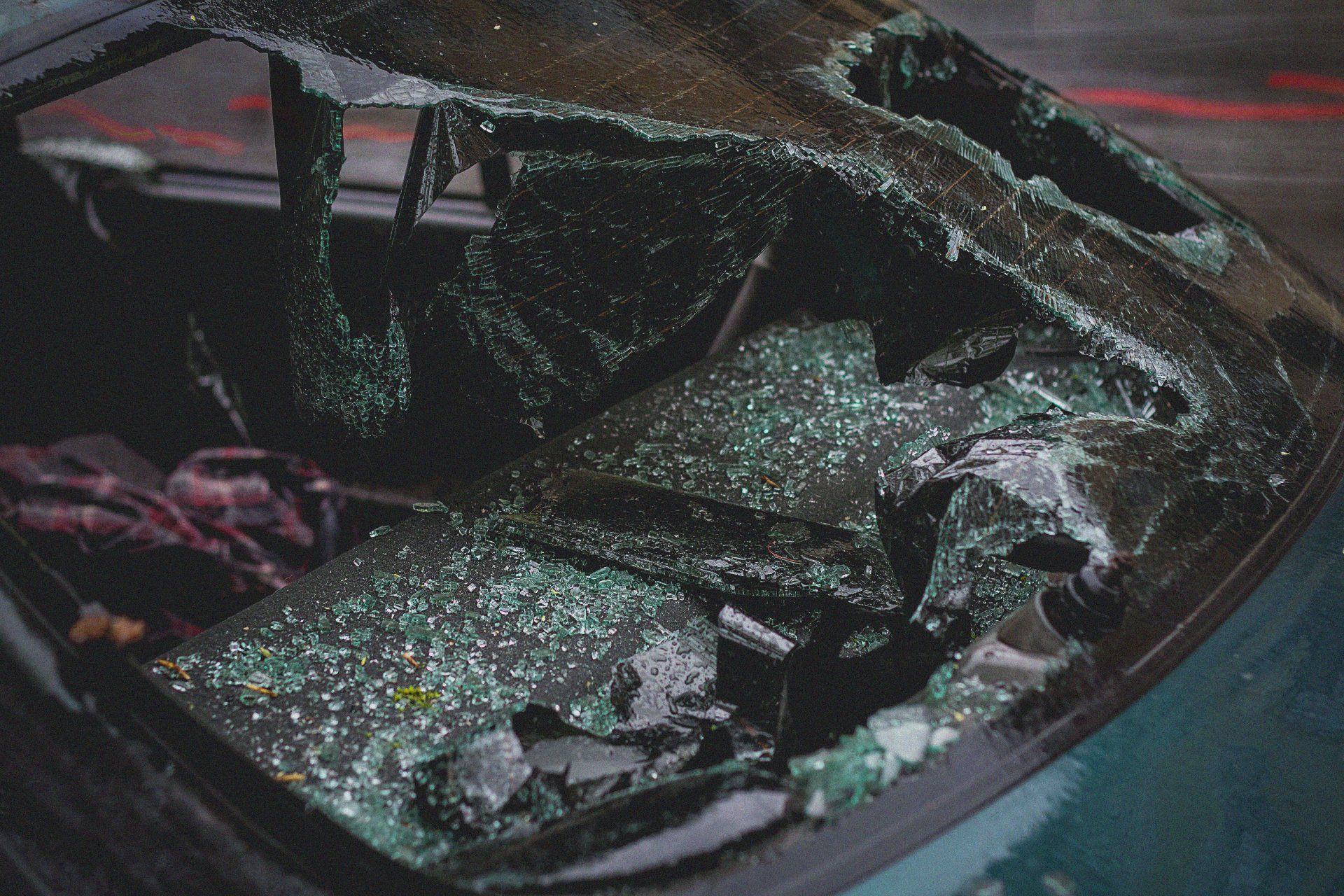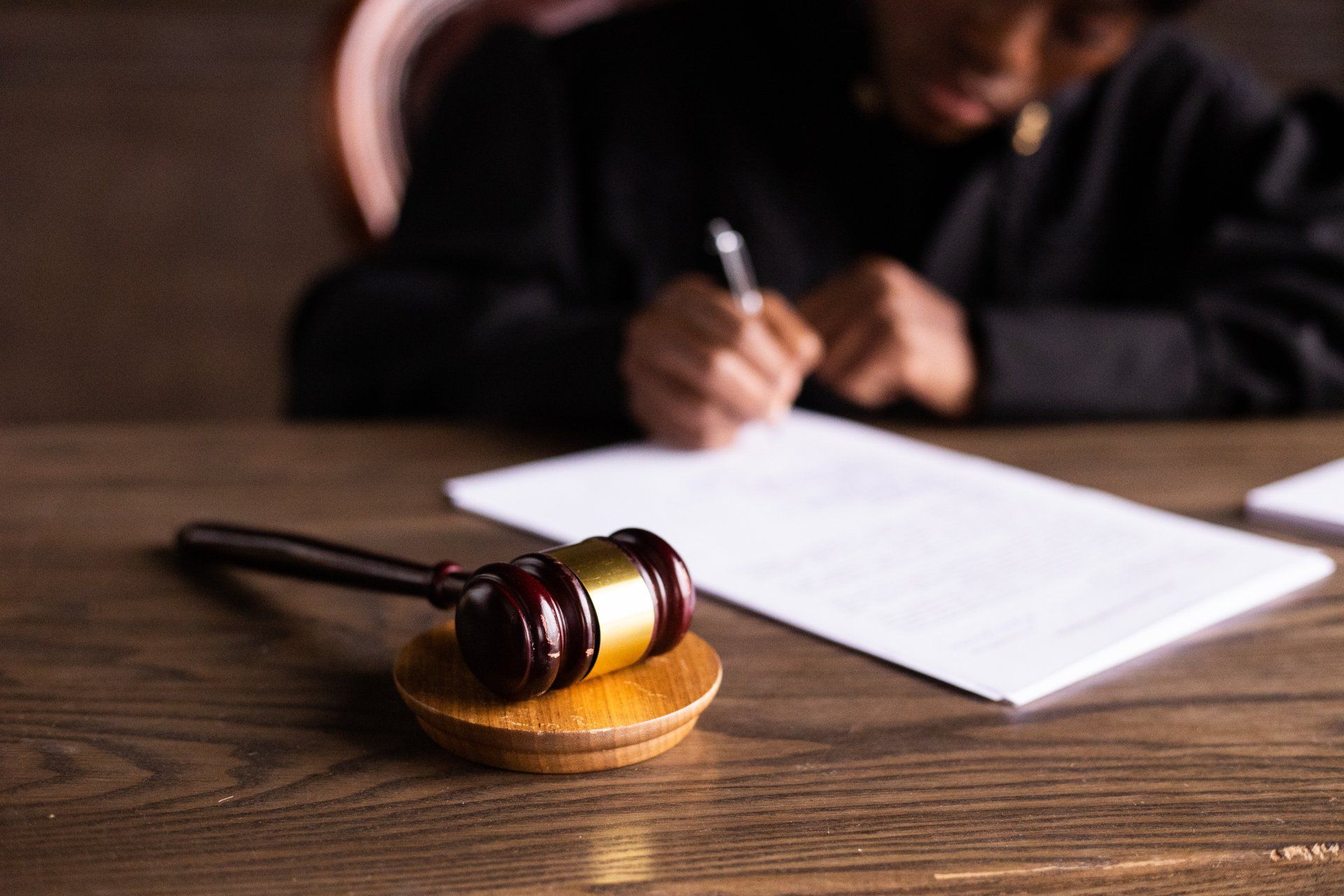Injured on Someone Else’s Property in San Antonio
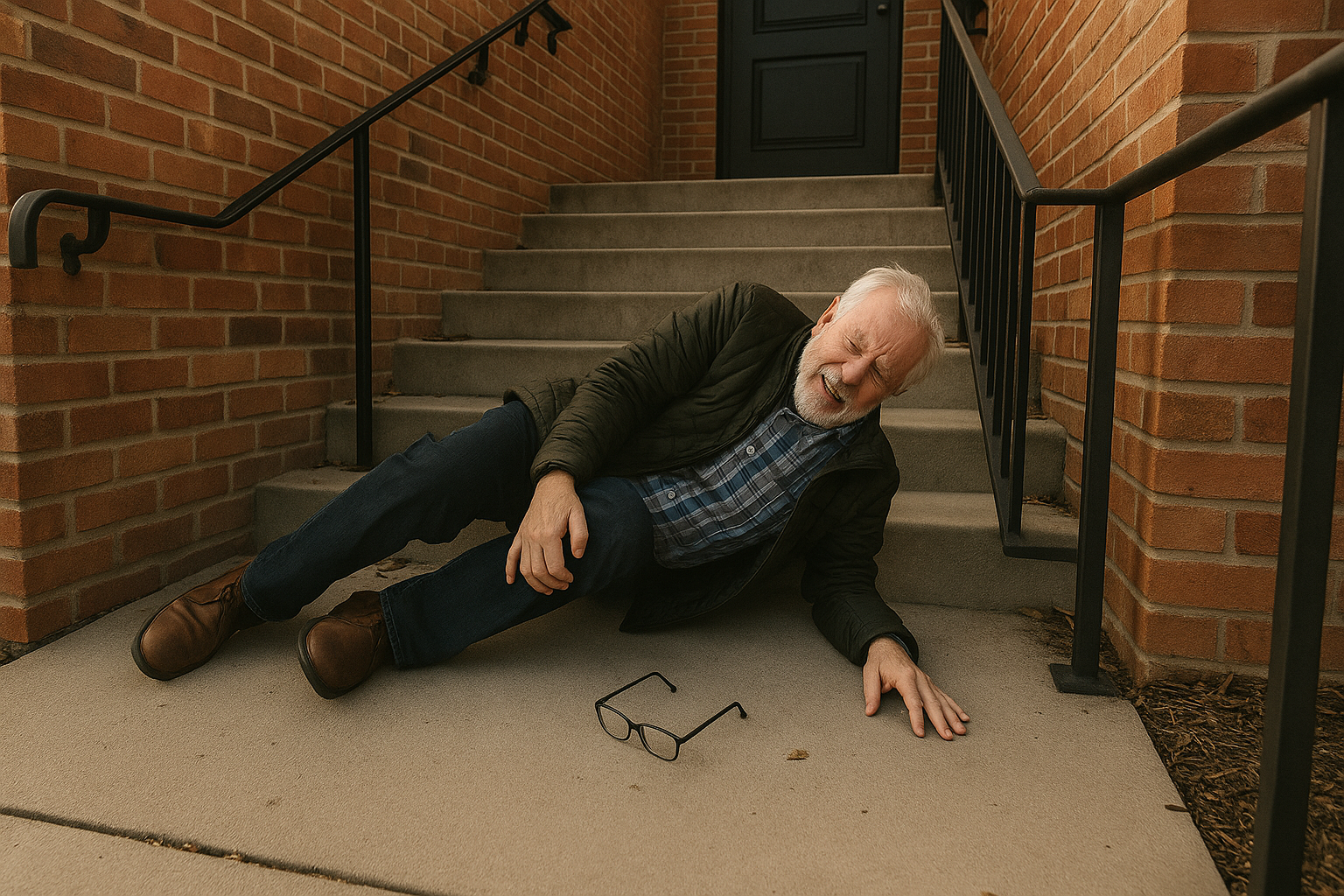
Injured on Someone Else’s Property in San Antonio? A Guide to Premises Liability in Texas
A slip on a wet floor, a fall down poorly lit stairs, or a serious injury from unsafe conditions—these accidents often occur because a property owner failed to keep their premises safe. Under Texas law, you may have the right to pursue compensation for your injuries through a premises liability claim.
This guide will walk you through what to do if you're injured on someone else’s property in San Antonio, how Texas law protects victims, and how AHD LAW can help you hold negligent property owners accountable.
Common Types of Premises Liability Accidents
Premises liability claims encompass a wide range of incidents beyond just slips and falls. Other common types of accidents that can lead to a premises liability claim include:
- Dog Bites and Animal Attacks: Property owners can be held responsible if their animal attacks a visitor, especially if they knew or should have known the animal was dangerous.
- Swimming Pool Accidents: Drowning or near-drowning incidents, as well as injuries from faulty equipment or inadequate supervision, can lead to claims.
- Amusement Park and Ride Accidents: Injuries sustained due to poorly maintained rides, insufficient safety measures, or operator negligence.
- Fires and Explosions: Injuries resulting from faulty wiring, neglected fire safety equipment, or improper storage of flammable materials.
- Negligent Security: When a crime occurs on a property due to inadequate security measures (e.g., poor lighting, broken locks, lack of security personnel) and the owner could have reasonably prevented the crime.
- Construction Site Accidents (to visitors): While typically covered by workers' compensation for employees, visitors injured on construction sites due to hazards can pursue premises liability.
- Elevator and Escalator Accidents: Malfunctions, improper maintenance, or design flaws leading to injuries.
- Toxic Exposure: Injuries or illnesses caused by exposure to hazardous substances like mold, asbestos, lead paint, or chemicals on a property.
Each of these scenarios requires a thorough investigation to establish the property owner's negligence and their responsibility for the resulting injuries.
🧭 Best Practices After a Premises Liability Incident
Whether your injury happened at a store, apartment complex, private home, or public facility, take these steps immediately:
1. Report the Incident
Notify the property owner, manager, or staff right away. Ask them to create an incident report and request a copy.
2. Seek Immediate Medical Attention
Even if the injury seems minor, get checked by a medical professional. Medical records are vital to proving both injury and causation.
3. Document the Scene
Take photos or videos of:
- The hazard (wet floor, broken handrail, uneven surface, etc.)
- Surrounding area and lighting
- Any warning signs (or lack thereof)
- Your injuries
4. Gather Witness Information
Ask anyone who saw the incident to provide their contact details. Their testimony could be crucial.
🗂️ Documentation Tips for Your Premises Liability Claim
Premises liability cases often come down to proof of negligence. Solid documentation helps show the property owner was aware (or should have been aware) of the danger. Be sure to:
- Keep a
copy of the incident report
- Save
medical records and bills
- Take
photos over time if injuries worsen or require visible treatment
- Preserve
damaged clothing or shoes worn during the accident
- Document
lost workdays and income
If possible, return to the scene with a friend to capture more evidence before it's repaired or removed.
⚖️ Legal Insights: Texas Premises Liability Law Explained
1. What Is Premises Liability?
Under Texas law, property owners owe a duty to keep their premises reasonably safe for visitors. If they fail to address a known hazard or don’t warn about it, they can be held liable.
2. Visitor Categories
The level of care owed to you depends on your legal status on the property:
- Invitee: You were invited for business (e.g., store customer). The highest duty of care applies.
- Licensee: You were there for social reasons. Owners must warn of known dangers.
- Trespasser: Limited rights—but some exceptions apply, especially with children.
3. You Must Prove Negligence
To win your case, you must show:
- A dangerous condition existed
- The owner knew or should’ve known about it
- They failed to fix or warn about it
- You were injured as a result
This is why evidence preservation and prompt legal support are essential.
4. Statute of Limitations
In Texas, you have two years from the date of the injury to file a premises liability lawsuit. Delays can weaken your case or make it ineligible altogether.
👨⚖️ How AHD LAW Helps in Premises Liability Cases
We’ve handled numerous slip-and-fall, trip-and-fall, and unsafe property cases in San Antonio—and we know what it takes to prove liability.
The AHD LAW legal team:
- Investigates the scene and secures evidence before it disappears;
- Works with engineers, medical experts, and safety consultants;
- Builds a detailed case proving negligence and long-term impact; and
- Negotiates aggressively with property insurers or takes the case to trial if needed
We’re here to help you recover financially, physically, and emotionally after a preventable injury.
📞 Injured on Someone’s Property in San Antonio? Call AHD LAW Today
You shouldn’t have to suffer because someone failed to keep their property safe. Whether you slipped on a slick floor or were hurt by unsafe conditions, AHD LAW is here to help.
Let our team protect your rights and pursue the full compensation you deserve.
CALL US AT 210-968-0994 FOR A FREE CONSULTATION
